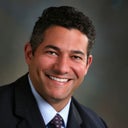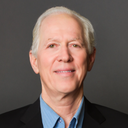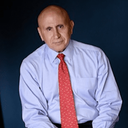Facial plastic surgery is an art, at least for those who have dedicated their careers to it. It is expected that you will get differing opinions from different surgeons. What is important is that what you see is aligned with what your surgeon sees. They should take the time to explain to you how your face has aged and gotten to the point that you are considering a surgical procedure. Make sure that your consulting surgeons perform a wide variety of facial rejuvenation procedures, both surgical and nonsurgical. If one surgeon always uses the same facelift approach, then you may be getting a biased opinion. I recommend seeing a board certified facial plastic surgeon who performs these on a regular basis and will take the time to explain what should be done and why the procedures and approach will benefit you.



















